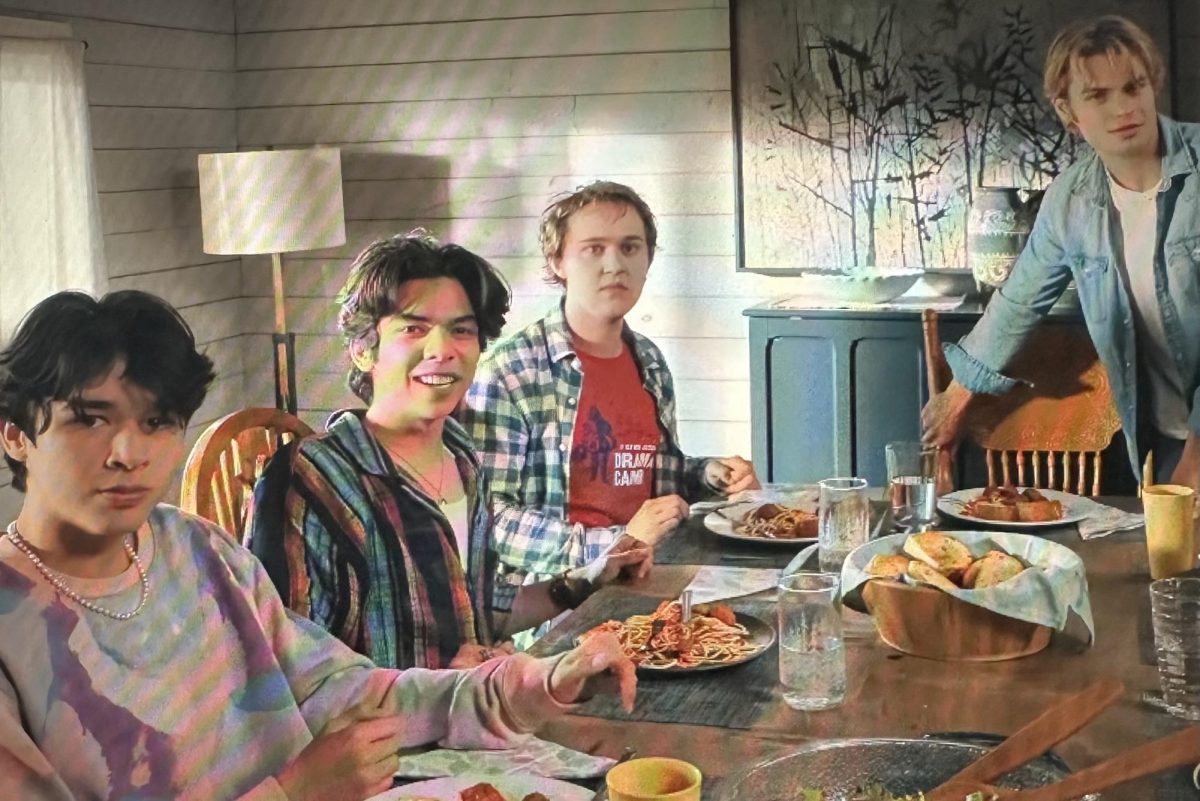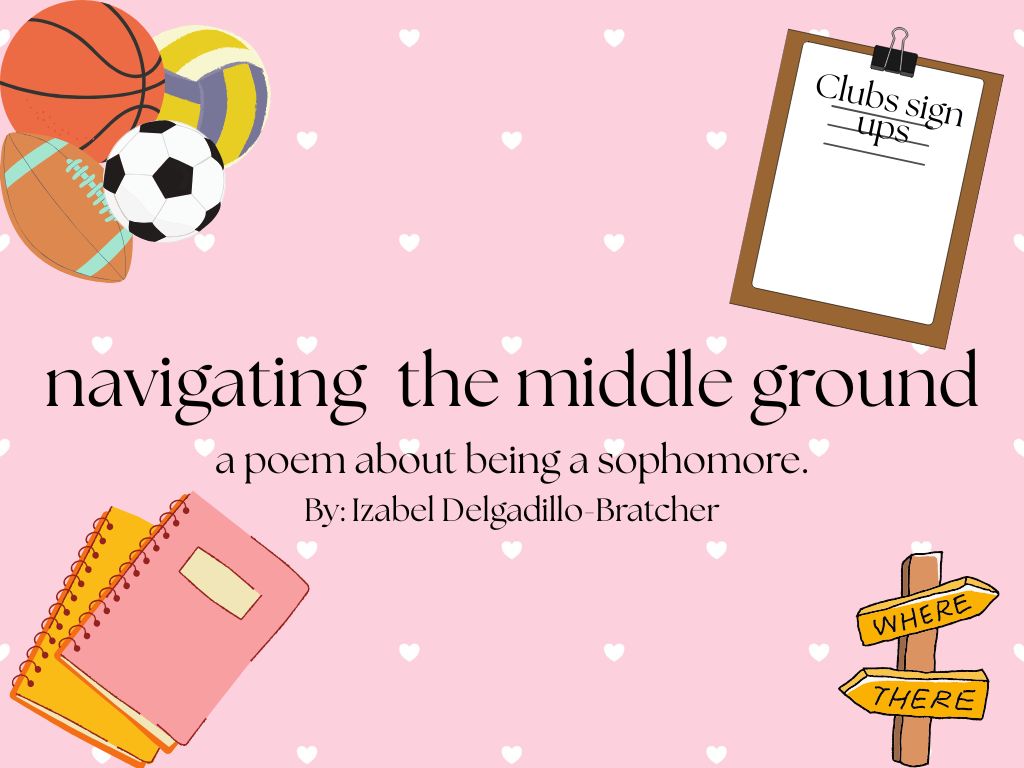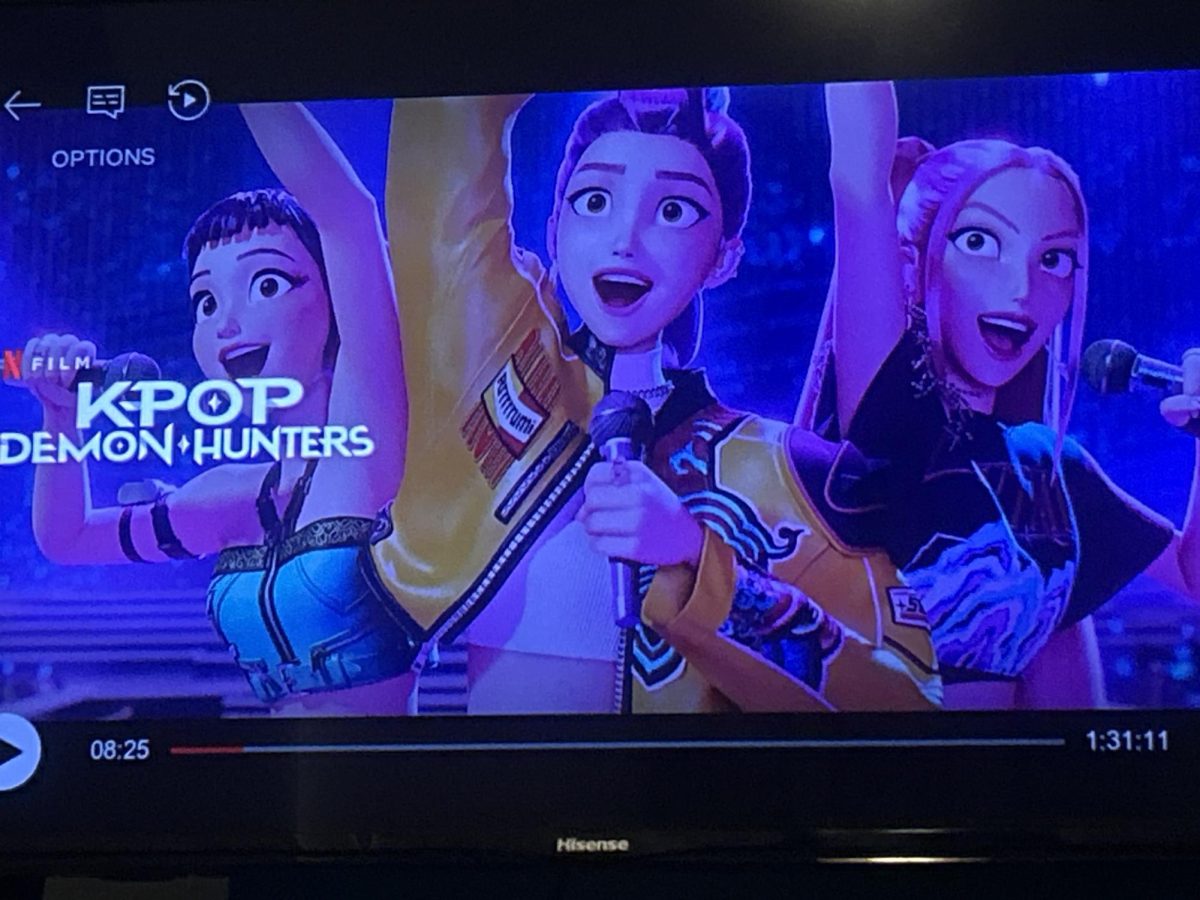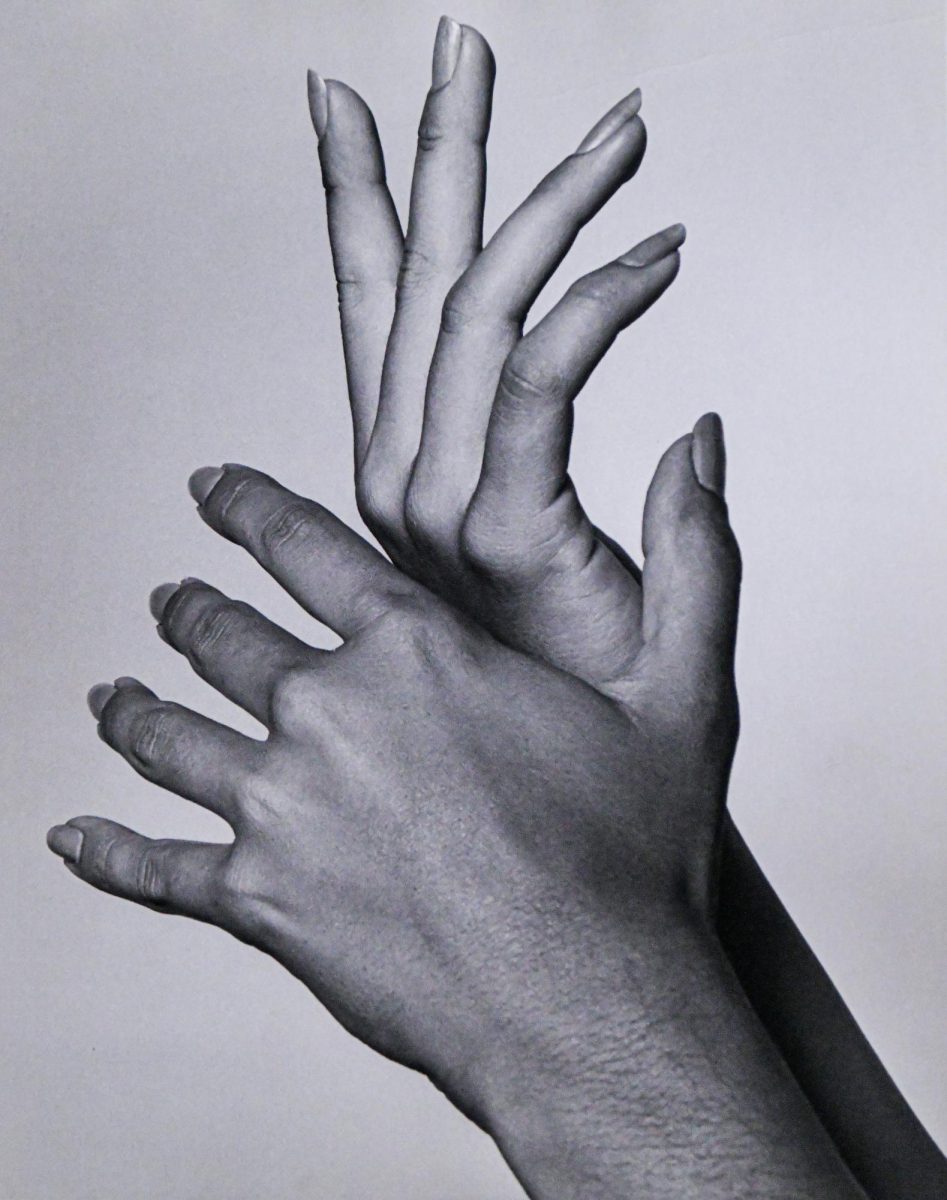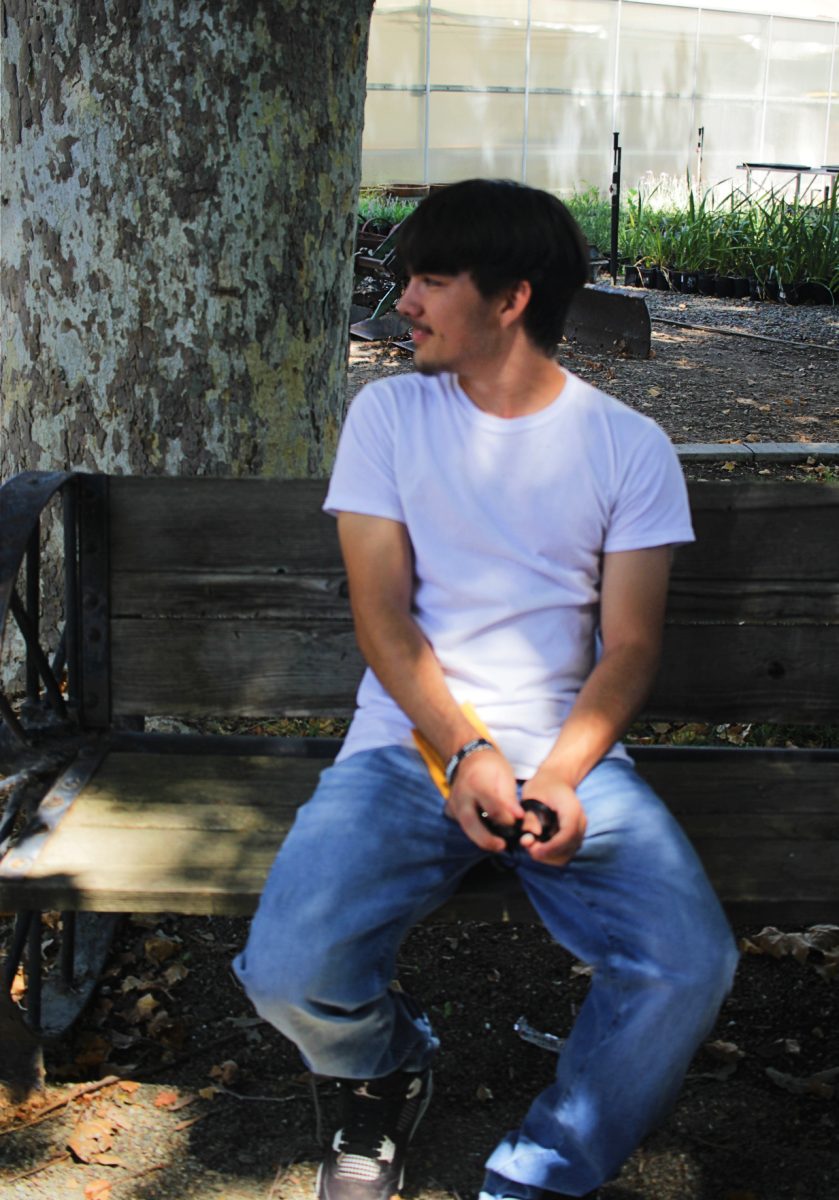Into the Woods is a musical by music and lyrics of Stephen Sondheim and book of James Lapine. Performed initially in 1986, it unifies several Brothers Grimm fairy tales—Cinderella, Little Red Riding Hood, Jack and the Beanstalk, and Rapunzel—into a cohesive story. The initial act has a lighthearted blend of these stories, but the second act gets darker in terms of repercussions and tackles such concerns as desire, responsibility, loss, and moral complexity. With a lavish, demanding score and complex story, Into the Woods is both a celebration and an deconstruction of the fairy tale genre.
The story’s central character is a childless Baker and his Wife, who are told by a Witch to get four magical objects in exchange for lifting a curse. Their escapades bring them face to face with Cinderella, a troubled young woman who doesn’t know what she truly desires; Jack, an innocent lad who climbs a beanstalk in pursuit of wealth; and Little Red Riding Hood, a clever girl whose innocence is tested. The Witch herself is a complex character—wicked and pitiful—and Rapunzel, her captive daughter, longs to be free. They are completed by two shallow, farcically melodramatic Princes, a mysterious Narrator, and miscellaneous fairy tale paraphernalia like stepmothers, wolves, and giants, who all contribute to the tangled web of cause and effect.
All of the characters desire something: a child, a prince, action, or flight. The Baker and the Baker’s Wife need to locate a cow as white as milk, a cape as red as blood, hair as yellow as corn, and a slipper as white as gold—each of which belongs to someone else. Their searches intersect, often humorously or ironically, and at the end of Act I, everyone appears to have their wish come true. Act II, however, shows the cost of those granted desires. A angry Giant calls for revenge, characters suffer betrayal, mortality, and ethical reckoning. The fairy tale converts to cautionary tale, asking what happens after “happily ever after.”
Prologue: Into the Woods
This near-15-minute prologue is an exercise in musical exposition. Sondheim braids apart the distinct stories of Cinderella, Jack, the Baker and his Wife, and Little Red Riding Hood together with overlapping musical themes and clever lyrical repetition. Every character speaks a direct desire, setting up the narrative and emotional arcs. The music accelerates as their lives begin to converge, rhythmic speech and vocal layering creating momentum and complexity. It’s one of the most courageous opening scenes in musical theatre and sets the foundation for the interlocking nature of the narrative.
Cinderella at the Grave
Brief, eerie scene in which Cinderella visits her mother’s grave for guidance. Her mother’s voice (sung from above) offers moral simplicity and inner strength, validating Cinderella’s introspective nature. The song is minor and soft in nature, more like a lullaby. It’s an anchoring emotional pace for a girl caught between fantasy and reality.
Hello, Little Girl
A seductively sly, unsettling song sung by the Wolf to Little Red Riding Hood. Musically, it’s jazzy and sneaky, with plenty of chromaticism and rhythmic surprises. The lyrics are dense with double entendre, coaxing out notions of temptation and danger. Little Red Riding Hood is beguiled by the Wolf’s charmed danger, foregrounding the predator subtext through black humor. It’s an early signal that Into the Woods is more ambiguous morally than traditional fairy tales.
I Guess This Is Goodbye / Maybe They’re Magic
Jack’s hasty goodbye to his beloved cow, Milky White, is simple and sincere, a kid’s first exposure to sacrifice. The Baker’s Wife later justifies deceiving Jack in “Maybe They’re Magic,” a playful, ethical gray area exercise in questioning if ends can be justified by the means. Sondheim contrasts Jack’s emotional naivete with the Wife’s adult rationalization, presaging one of the show’s major tensions: what are we willing to give up to get what we want?
Our Little World (optional in productions, norm in more recent revivals)
Witch and Rapunzel duet to learn about their dominating relationship. The Witch thinks she is protecting Rapunzel, but Rapunzel yearns for freedom. The music is circular and somewhat constricting, which symbolizes Rapunzel’s feelings of confinement. It adds psychological complexity and sheds light on their relationship, particularly in more recent productions when the Witch’s motives are more complex.
I Know Things Now
Little Red’s coming-of-age aria follows her traumatic meeting with the Wolf. It is a character masterclass, pitting the child’s wonder against increasing awareness of the dangers of the world. Musically, it vacillates between innocence and realization, mirroring her journey in the mind. The words are wistful and poignant: “Isn’t it nice to know a lot? / And a little bit not.”
A Very Nice Prince / First Midnight
This broken duet between the Baker’s Wife and Cinderella shows Cinderella’s ambivalence towards the Prince. The Wife, longing for fairy tale romance, imposes her dreams on Cinderella, who is hesitant and uncertain. Interruption and repetition mark their conversation as they catch each other out saying how little they know what they actually want. “First Midnight” picks up with all the characters looking over what they’ve achieved. It’s eerie and heady, predicting future payback.
Giants in the Sky
Jack’s show-stopping account of his flight over the clouds as an allegory for growing up. The tune rises and glides as Jack sings of discovery’s thrill and fear of falling. It is euphoric but tinged with sorrow. Lyrically, it’s one of Sondheim’s finest observations on childhood arriving too soon.
Agony
The two Princes warble this melodramatic spoof:
The song is huge and hyperbolic, intentionally over-the-top, and the lyrics are wildly dramatic: “Agony! More painful than yours!” It’s ridiculous, but also a commentary on how romantic ideals are narcissistic and performative.
It Takes Two
Baker and Wife finally come to realize that they’ve become stronger and closer through the journey. It is warm, syncopated, and harmonically rich, showing us a moment of romantic honesty that’s all too uncommon. The song acts as a turning point for the two of them, reminding us that partnership—and compromise—are what turn dreams into reality.
Second Midnight
A brief ensemble number, even darker and crazier than the introductory “Midnight.” The characters are beginning to experience the tension of their desires. The music is more dissonant, indicating confusion and risk.
Stay with Me
The Witch pleads with Rapunzel not to go, singing one of the most emotionally vulnerable songs in the show. It’s intensely maternal and controlling, showing how the Witch has love and control confused. The melody is unsettling, the climax almost operatic in its intensity. The Witch’s vulnerability begins to crack through here, a prelude to her transformation later in the show.
On the Steps of the Palace
Cinderella dithers in flight halfway from the Prince to reconsider what she really wants. Time freezes as she considers every course of action ad infinitum. It’s witty, neurotic, and acutely intelligent—Sondheim at his lyrical best. The stammering rhythm in the tune accompanies her internal struggle, capturing the image of a woman seizing control of her story.
Ever After
A satirical, triumphant group that concludes Act I with everybody getting what they want. The upbeat music hides the fact that things are not tied up. The final chord resolves into a foreboding dissonance—our suggestion that “ever after” will not last.
Prologue: So Happy
A return of the opening but now each one is smug and self-assured. It’s abruptly terminated by the intrusion of the widow of the Giant. The music here gets torn and anxious, indicating the unwinding of resolutions of Act I.
Agony (Reprise)
The Princes return, having turned into new women-obsessed—Sleeping Beauty and Snow White. Briefer but funnier than the first, it underscores their shallowness and bottomless discontent. They now bemoan deliberately comically, not tragically.
Lament
When Rapunzel dies, the Witch sings a brief, anguished solo. Her grief is real, not feigned, and the music is raw and primeval. It’s a painful, earthy moment that readies the audience for her exit.
Any Moment / Moments in the Woods
“Any Moment” is a duet between the Baker and the Wife, a reckless seduction born of fantasy. It’s rich and melodic but morally murky. “Moments in the Woods” follows as the Wife tries to process what has just happened, knowing that life is filled with contradictions. The song careens quickly from giggly to guilty to reflective, culminating in her senseless, abrupt death. It’s one of the most psychologically nuanced songs in the musical.
Your Fault
A wild musical struggle of the survivors over who is to blame for the debacle. The music quickly accelerates with each scapegoat, becoming a finger-pointing fugue. It’s smart, insane, and full of rhythmic tension, a description of how rapidly everybody turns on everybody else when in trouble.
Last Midnight
The Witch’s final number is a powerhouse. Musically explosive and lyrically biting, she lays bare the truth: no one is innocent. “You’re so nice. You’re not good, you’re not bad, you’re just nice.” She vanishes in a spectacular flourish of rage, lightning, and truth.
No More
The Baker, grieving and on the verge of leaving his child, is stopped by the ghost of his father. It’s a quiet, introspective ballad, lilting like a lullaby. This father-son exchange broaches the pain of intergenerational trauma and the decision to break the cycle. One of Sondheim’s most softly shattering songs.
No One Is Alone
Perhaps the show’s emotional center. Whenever characters comfort each other, the tune is calming and fluid, bordering on hymn-like. Lyrics are elegantly plain, comforting while acknowledging moral complexity. It talks of loss, interdependence, and resilience. No surprise this tune receives so much quote and cover action—its message is timeless.
Finale: Children Will Listen
A reprise of “Stay with Me” set as advice being passed down to the next generation. It is a warning that children learn more than we know—our stories, our failures, our dreams. The entire company comes in, finishing the show in a circle. It is a warning and a benediction: all of us create the world that comes next.
Into the Woods is a masterwork of modern musical theater. It draws audiences in with humor and familiarity, then challenges them with complexity and emotional truth. The score is intricate, the characters are flawed yet relatable, and the story evolves from playful to profound. Whether you’re captivated by its cleverness or moved by its meaning, this is a musical that stays with you—long after the curtain falls.


